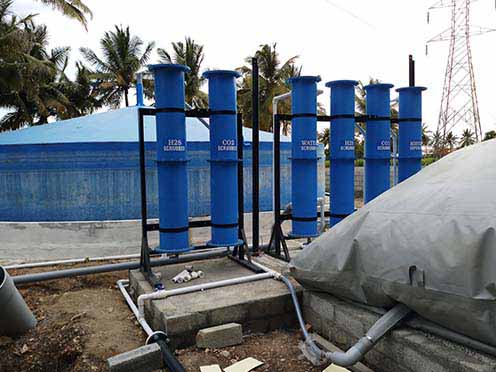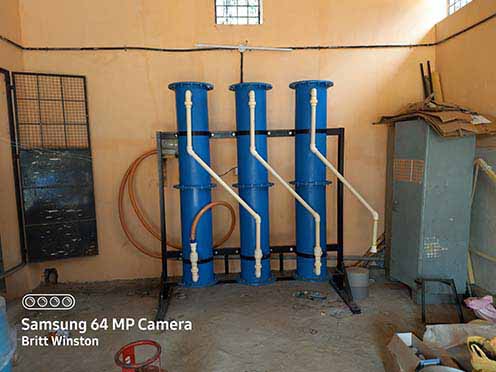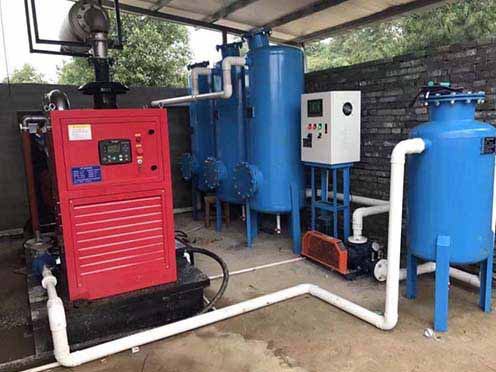Biogas is produced by the anaerobic digestion or fermentation of biodegradable materials such as manure, sewage, municipal waste, green waste, plant material, and crops. Biogas comprises primarily methane (CH4), carbon dioxide (CO2) and small amounts of hydrogen sulfide (H2S), moisture and siloxane.
Hydrogen sulfide (H2S) is a colourless, very poisonous, flammable gas with the characteristic foul odour of rotten eggs. Hydrogen sulphide is formed in the biogas plant by the transformation of sulphur-containing protein, which can be from plants and fodder residues. Inorganic sulphur, particularly sulphates, can also be biochemically converted to H2S in the fermentation chamber. While plant material introduces little H2S into biogas, poultry droppings introduce, on average, up to 0.5 volume percent of H2S, cattle and pig manure about 0.3 volume/percent. Protein-rich waste (e.g. molasses, etc.) can produce large amounts of hydrogen sulphide (up to 3 vol. %).
If untreated biogas is burnt as fuel in a gas engine, the H2S will form a weak sulphuric acid. This weak acid will quickly contaminate the engine lubrication oil and lead to corrosion of the combustion chamber, exhaust system and in various bearings.
This is enhanced by frequent starts, short running times and the relatively low temperatures when starting up and after cutting off the engine. Running engines with gas containing H2S can reduce the service time to the first general overhaul by about 10 – 15%. SO2 from combustion and water vapour both dissolve in the lubricating oil. Under continuous operating conditions, the interval between oil changes is reduced to 200 – 250 hours.
Gas-engine manufacturers normally request 250 ppm in the clean biogas for offering full warranty. Since the engine is one of the most expensive & components of any biogas plant, controlling the H2S can be critically important.
There are several techniques for biogas desulphurisation, the three most common being ferric chloride dosing, the installation of activated carbon filters & biological treatment. Each type of scrubber has its own advantages & disadvantages.



